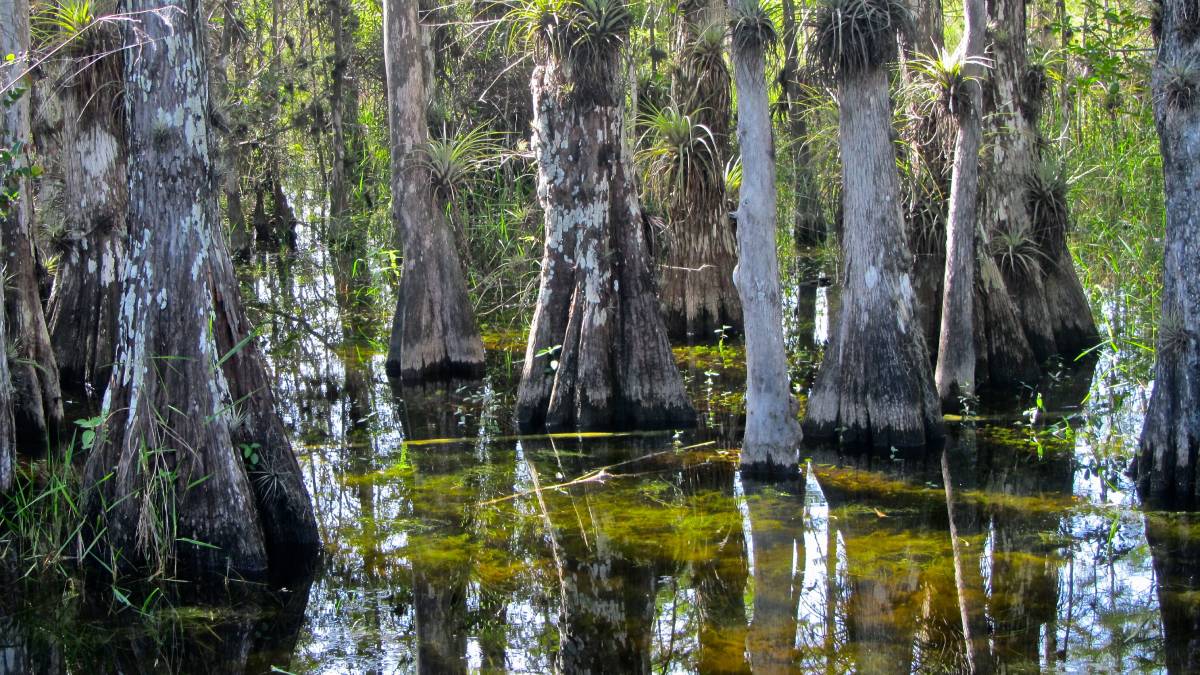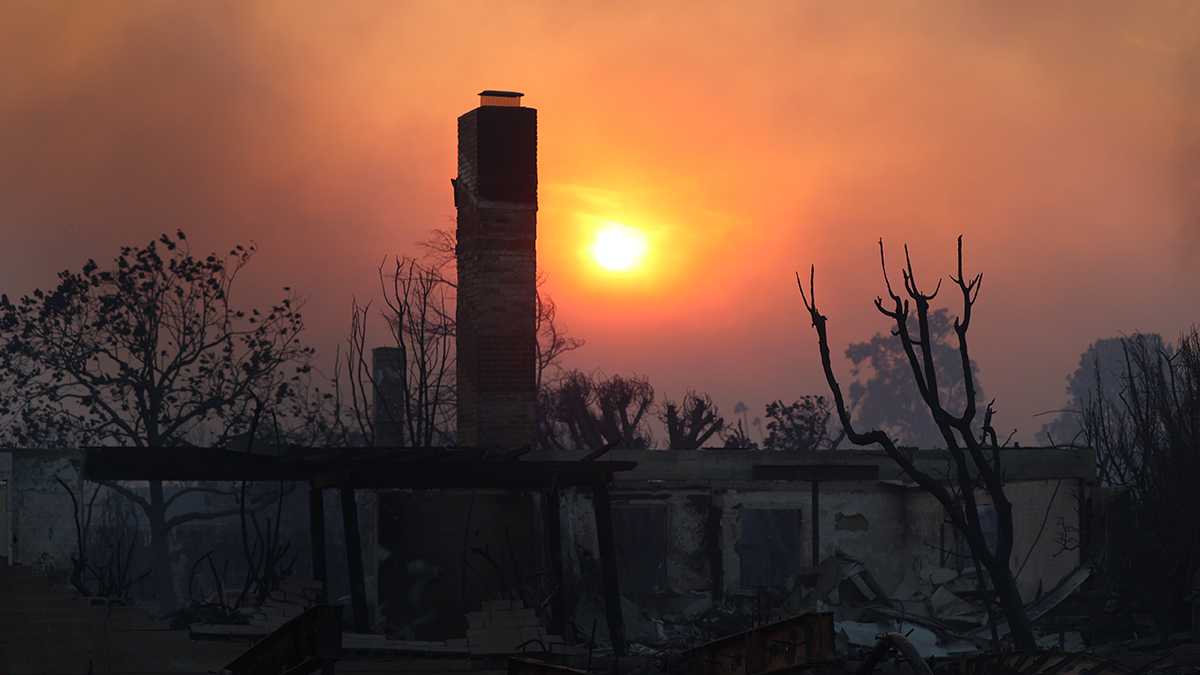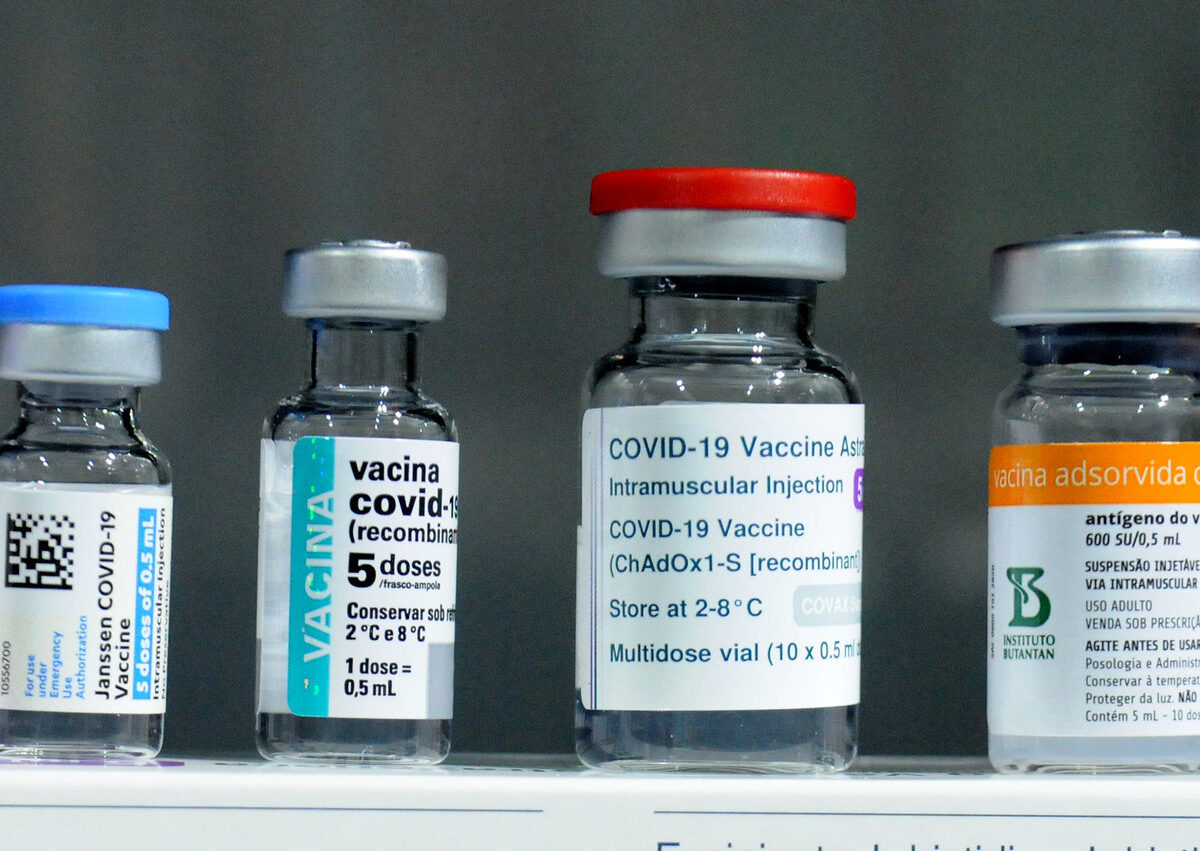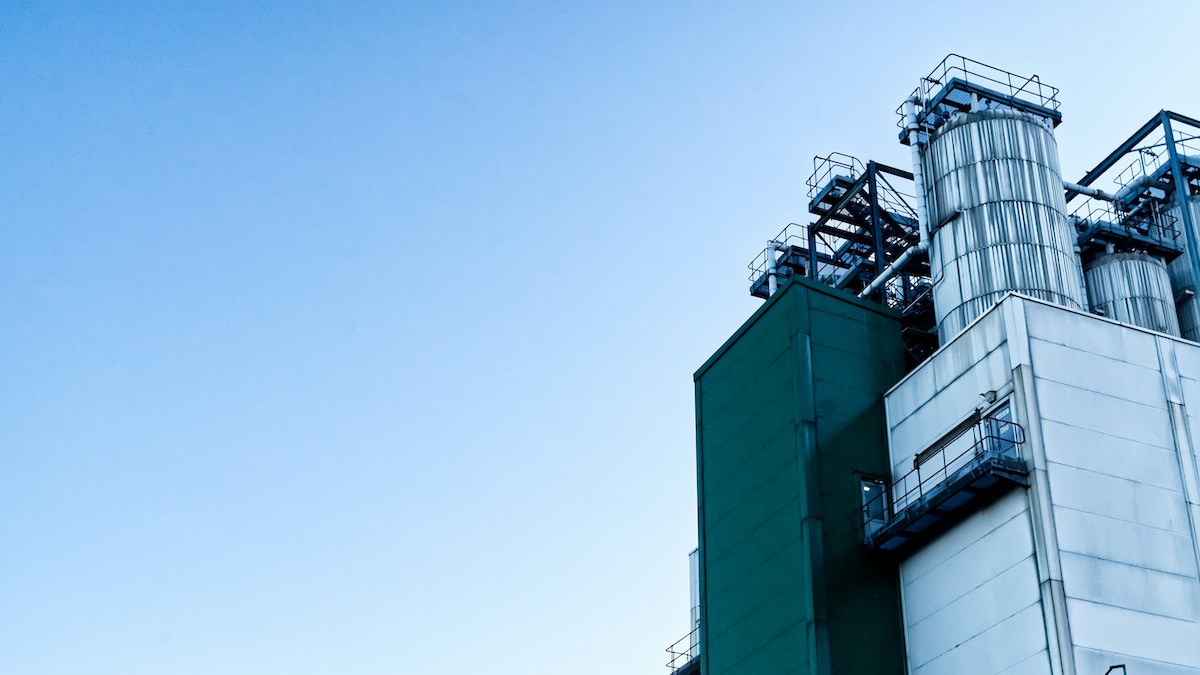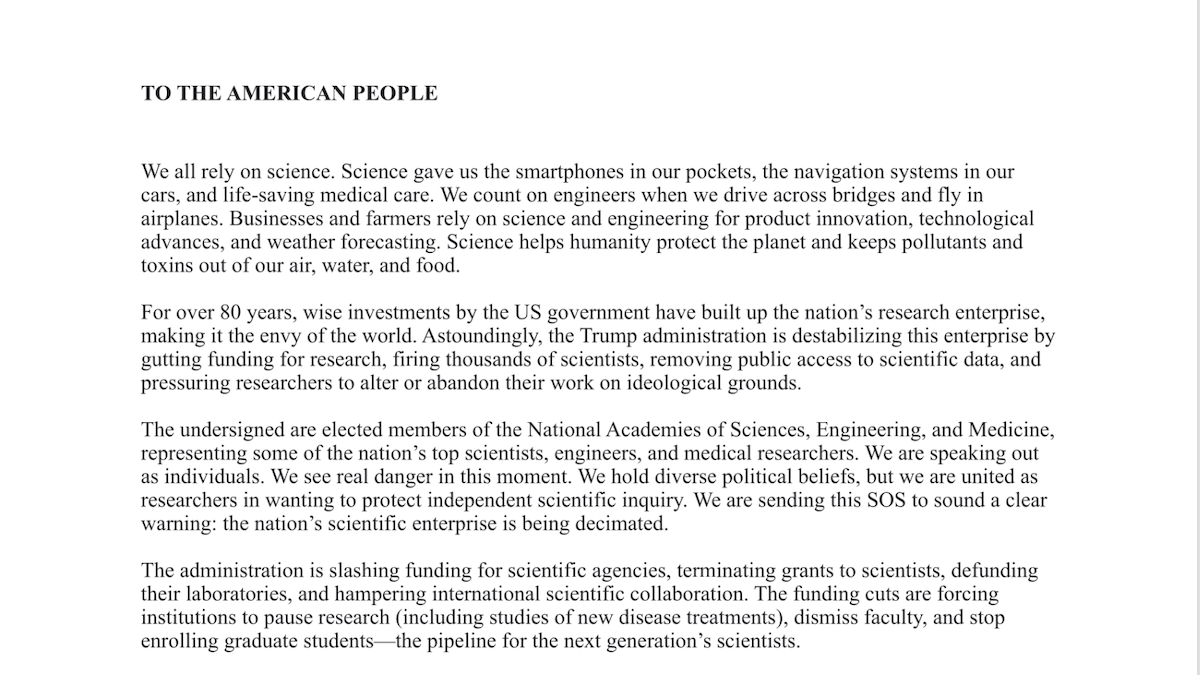Advocates, scientists, doctors, members of Congress, kids, parents, and other individuals spoke out in a series of hearings last week to let the Environmental Protection Agency know how they feel about a potential sea change in climate and environmental policy: the proposed repeal of the 2009 Endangerment Finding.
public health
Environmental Groups Sue to Block Everglades Detention Facility
The groups assert that the facility will undermine decades’ of work and billions of dollars spent restoring and protecting the Everglades’ delicate ecosystem.
Fallowed Fields Are Fueling California’s Dust Problem
New research shows that unplanted agricultural lands are behind most of the state’s anthropogenic dust events.
Charting a Path from Fire Features to Health Outcomes
A new framework aims to better equip scientists, communities, and decisionmakers to characterize data and rapidly respond to wildland-urban interface fires and their effects on public health.
Climate Change Made Extreme Heat Days More Likely
A new attribution study shows every single extreme heat event since last May was made more probable by climate change.
Government Will Reduce Access to COVID-19 Vaccine
Officials from the Food and Drug Administration (FDA) announced on Tuesday that only adults older than 65 and people with specific medical conditions will be considered eligible for COVID-19 vaccinations this fall.
EPA to Rescind Rules on Four Forever Chemicals
The EPA plans to reconsider drinking water limits for four different PFAS chemicals and extend deadlines for public water systems to comply, according to The Washington Post.
PFAS, or per- and polyfluoroalkyl substances, are a group of chemicals that are widely used for their water- and stain-resistant properties. Exposure to PFAS is linked to higher risks of certain cancers, reproductive health issues, developmental delays and immune system problems. The so-called “forever chemicals” are ubiquitous in the environment and widely contaminate drinking water.
NIH Bans U.S. Scientists From Funding New International Partnerships
The National Institutes of Health (NIH), the world’s largest funder of biomedical research, announced a policy on 1 May banning scientists from directing its funding to international research partners, according to Nature.
Trump Administration Moves to Weaken PFAS Rules
President Donald Trump’s EPA is considering a rule that would weaken regulations limiting chemicals harmful to human health in consumer goods, The Guardian reports.
Per- and poly-fluoroalkyl substances, or PFAS, are a group of chemicals added to consumer products, oftentimes for their water- and stain-resistant properties. Exposure to PFAS is known to raise the risk of certain cancers, kidney and liver disease, and complications surrounding reproductive health. The chemicals are omnipresent in everyday life and contaminate drinking water across the United States.
1,900 Scientists Warn of “Real Danger” in Open Letter
In an open letter to the American people, more than 1,900 scientists sent an “SOS” that the Trump administration’s actions have “decimated” the nation’s scientific enterprise and censored scientific work. “We see real danger in this moment,” the scientists wrote.


